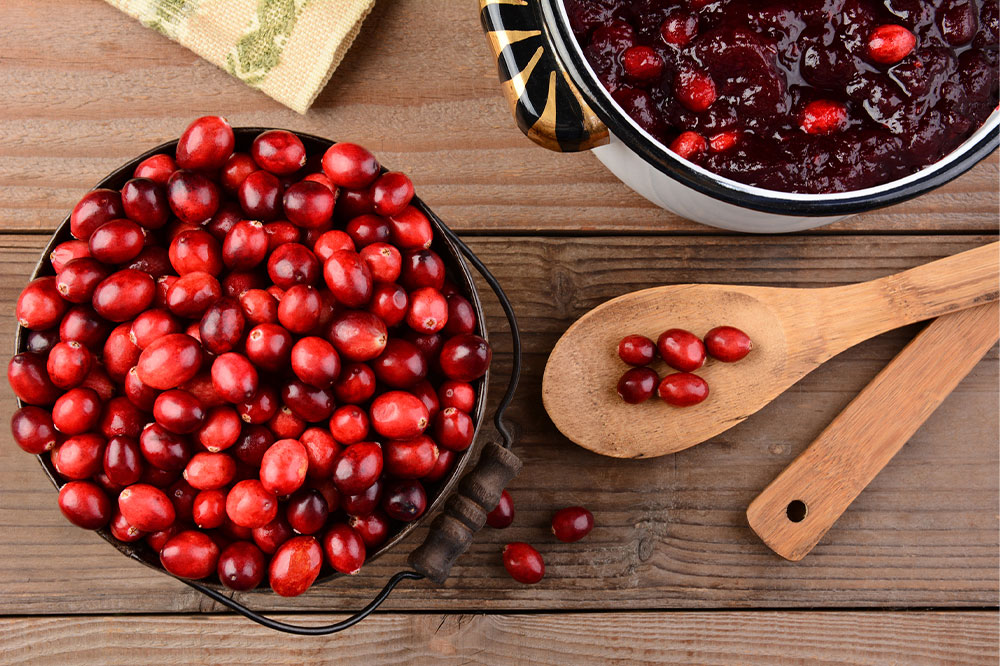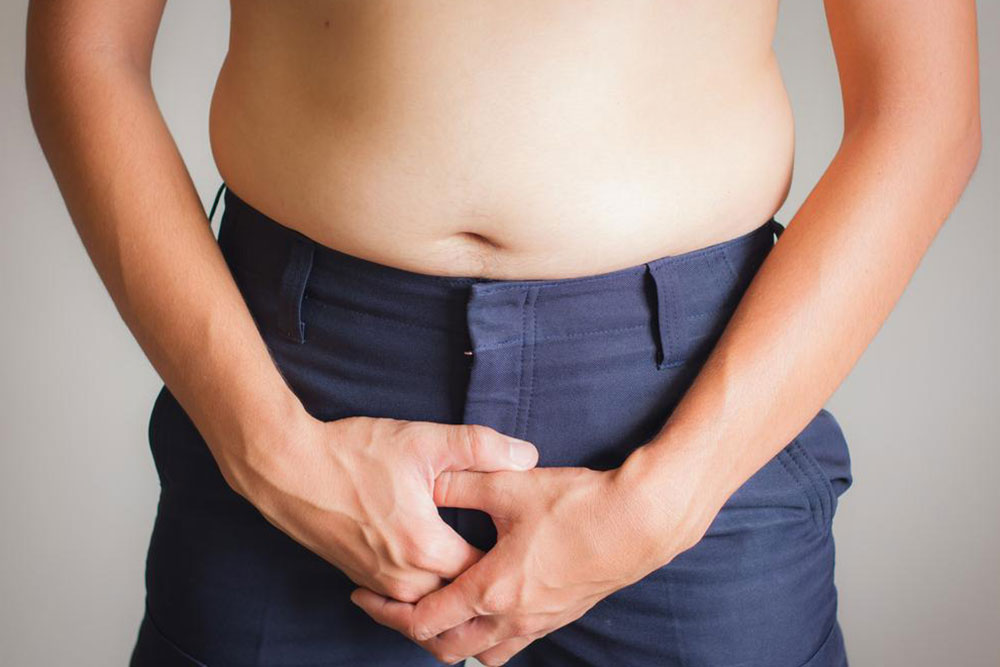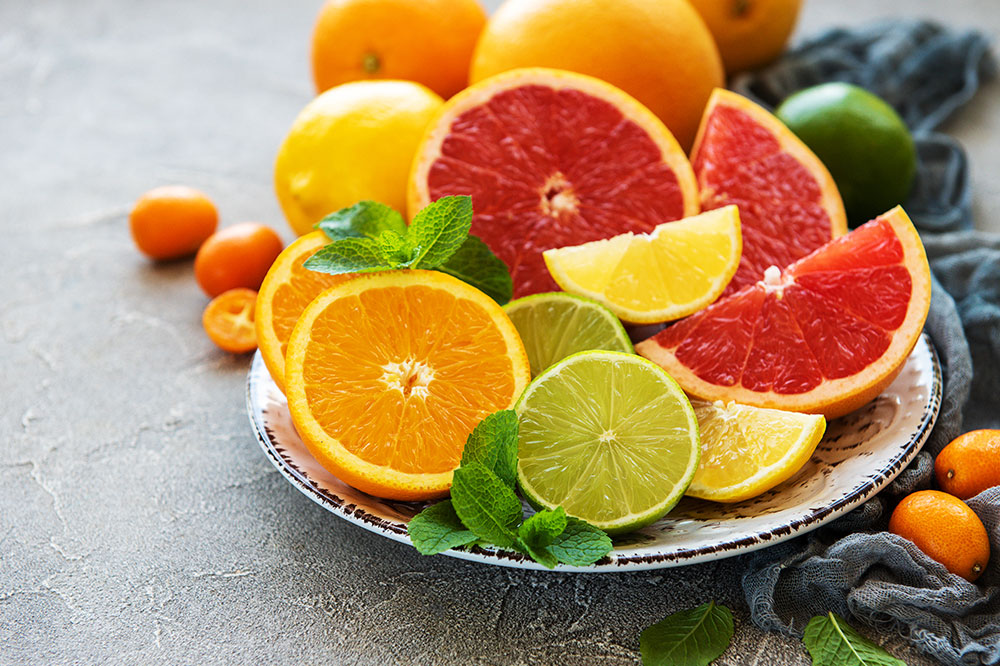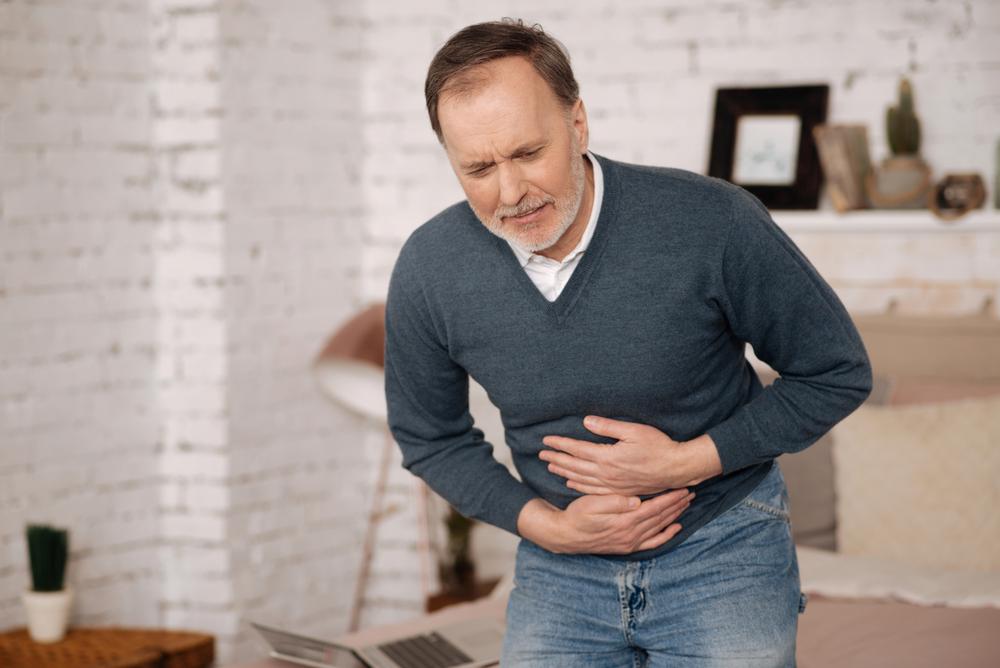Effective Strategies to Manage an Overactive Bladder
This article explores effective methods to control an overactive bladder, including medications, exercises, lifestyle adjustments, and herbal remedies. It highlights causes, symptoms, and practical tips to improve bladder health, helping individuals regain confidence and improve quality of life. Whether through traditional therapies or dietary strategies, effective management options are available to reduce urgency, leakage, and social discomfort caused by OAB.
Sponsored
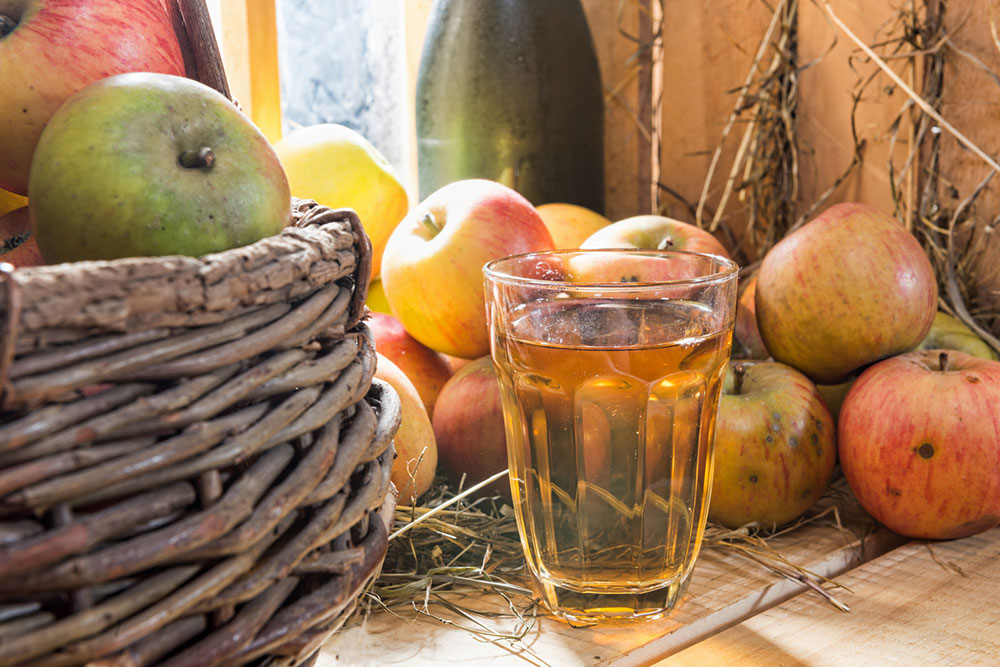
An overactive bladder causes frequent urges to urinate, often leading to accidents and leakage. It can be a sign of an underlying health issue or occur independently. Fortunately, various approaches can help regain control.
Understanding Overactive Bladder (OAB)
If you find yourself needing to urinate more than eight times daily, you may have OAB. This condition impacts daily activities and social interactions, making outings and gatherings uncomfortable to attend.
Thankfully, several methods can help you train your bladder and reduce symptoms. Traditional therapies and lifestyle adjustments can significantly improve quality of life.
Causes of Overactive Bladder
Health Conditions: Diseases such as diabetes, Parkinson’s, and kidney issues can contribute to OAB.
Age-related Changes: Muscle weakening with age, especially after 60, increases the risk.
Menopause: Reduced estrogen levels during menopause can weaken pelvic tissues, leading to incontinence.
Pelvic Muscle Weakness: Damage or weakening of pelvic floor muscles can distort bladder function.
Urinary Tract Infections: UTIs may trigger urgency and frequency.
Sometimes, OAB occurs without identifiable causes.
Signs and Symptoms
Frequent urge to urinate during day and night
Incontinence or urine leakage
Impact of OAB on Daily Life
Individuals with OAB often experience discomfort and embarrassment. Anxiety may lead to social withdrawal, avoiding public outings, travel, or even family interactions in their own homes.
Common Treatment Methods
Managing OAB involves various strategies:
Medications: Anticholinergic drugs help relax bladder muscles and increase capacity, reducing urgency.
Botox Injections: Used for severe cases, Botox relaxes bladder muscles but may cause side effects.
Pelvic floor exercises, especially, can improve muscle strength and control.
Bladder Control Exercises and Lifestyle Tips
Techniques like Kegel exercises strengthen pelvic muscles, helping control urges.
To start, locate your pelvic muscles by stopping urination midway. Then, contract and relax these muscles for 10 seconds each, repeating 10 times daily. Deep breathing can enhance effectiveness.
Planning bathroom trips, gradually increasing intervals, and delaying urination can improve control.
Lifestyle changes such as quitting smoking, avoiding bladder irritants like caffeine, alcohol, spicy, and sugary foods, and managing fluid intake are vital for symptom relief.
Traditional and Herbal Remedies
Acupuncture has shown promise in improving bladder control. Herbal treatments, including Gosha-Jinki-Gan, Ganoderma lucidum, and corn silk, support pelvic health. Capsaicin from chili peppers can alleviate pelvic pain and increase bladder capacity. Herbs like ginseng and nettle possess anti-diuretic properties, reducing frequent urges. Supplements like soy extracts and dandelion can strengthen pelvic muscles and enhance control.
Dietary Strategies
Consuming magnesium-rich foods—such as bananas, potatoes, and corn—supports nerve and muscle functions. Adequate vitamin D, obtainable through sun exposure and foods like eggs, fish, and fortified milk, aids in strengthening pelvic tissues.
OAB affects millions, but with the right treatments—medications, exercises, lifestyle changes, herbal, and dietary remedies—many can manage symptoms effectively.

